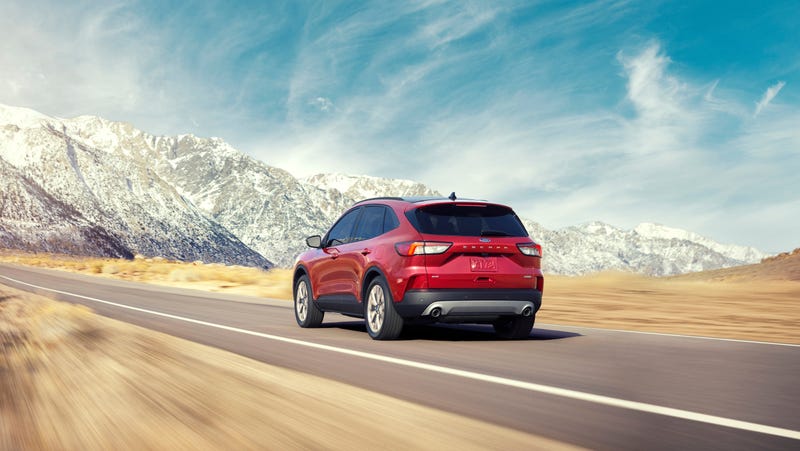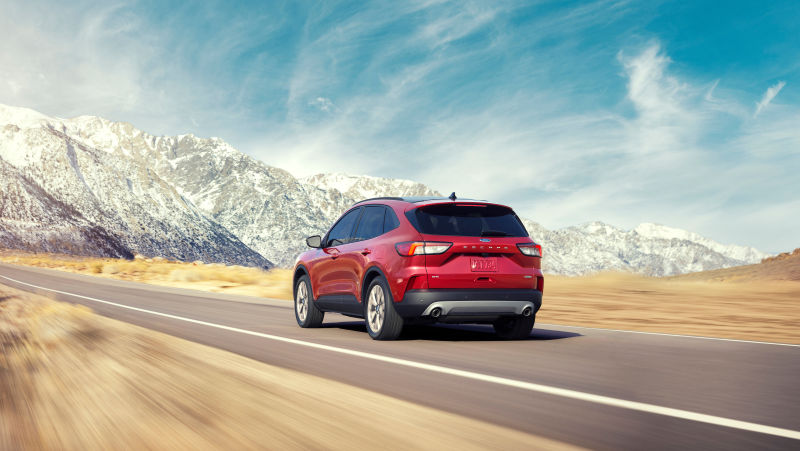
We’ve been given a glimpse of the future of the automobile, and it looks bleak my friends. With pretty much every manufacturer clamoring over themselves to abandon sedans for hatchbacks on stilts they call crossovers, there are a ton of them on the market. But according to an annual “Car Wars” study released today—extrapolating data on the future of new cars—by BofA Merrill Lynch, there is a huge wave of new crossovers heading to market in the next four years.
Way more than we’ve seen in recent years, in fact.
The study, coming to us by way of Automotive News, states that of the 246 new or significantly updated models planned for the 2020-2023 model years—an average of 62 new models per year—a full 70 percent of them will be crossovers, light trucks, and SUVs. This is up from the 55% of new cars introduced from 2010 to 2019.
This presents a few problems for the market. For one thing, increased in-segment competition will only force manufacturers to crank up pricing incentives, potentially milking the market’s cash cow bone dry. With per-vehicle profit trending downward already, this could prove to be a real crunch on the automotive industry.
Perhaps even more importantly, this paradigm shift from frugal sedans to tall AWD crossovers and SUVs has left the bottom of the market struggling to find good cars. Entry-level vehicles have been abandoned, and America’s working poor are feeling the pain already. With the average vehicle transaction now over $37,000, and used cars priced higher to pick up the slack, it’s becoming more difficult to realize the American ideal of living in the suburbs and commuting to a job in the city.
Here are some more things that the study found:
Japanese automakers’ continued commitment to passenger cars appears to be shifting somewhat to a heavier crossover mix, making their product cadence volatile through 2023, with Honda and Toyota planning larger moves compared to Nissan.
Hyundai-Kia’s replacement rate for the next five years is above the industry average, especially in the 2020 and 2021 model years, but remains weighted heavily toward passenger cars.
Introductions of alternative-powertrain vehicles, including hybrids and battery electrics, will remain limited for now, due largely to continued prohibitive development costs keeping pricing for those vehicles elevated above those of traditional powertrains.
While the average showroom age of automaker products has declined year over year, it is largely attributable to product cancellations.
Advertisement
So not only are we ditching sedans, which are relatively inexpensive, more fuel efficient, and better on emissions, for SUVs, trucks, and crossovers, the industry is planning to invest less in hybrids and BEVs? Cool. Super cool. Totally cool.
And it’s also totally fine that dealers have been pushing buyers into less economically feasible cars on longer term notes as more of them can’t afford to make payments. They can always trade in their upside-down car for a new one and roll the payment into the next note. There is absolutely nothing wrong with the auto industry, and nothing bad will happen in the near future, and I should pay no attention to the man behind the curtain.
Long live crossovers. I guess.















